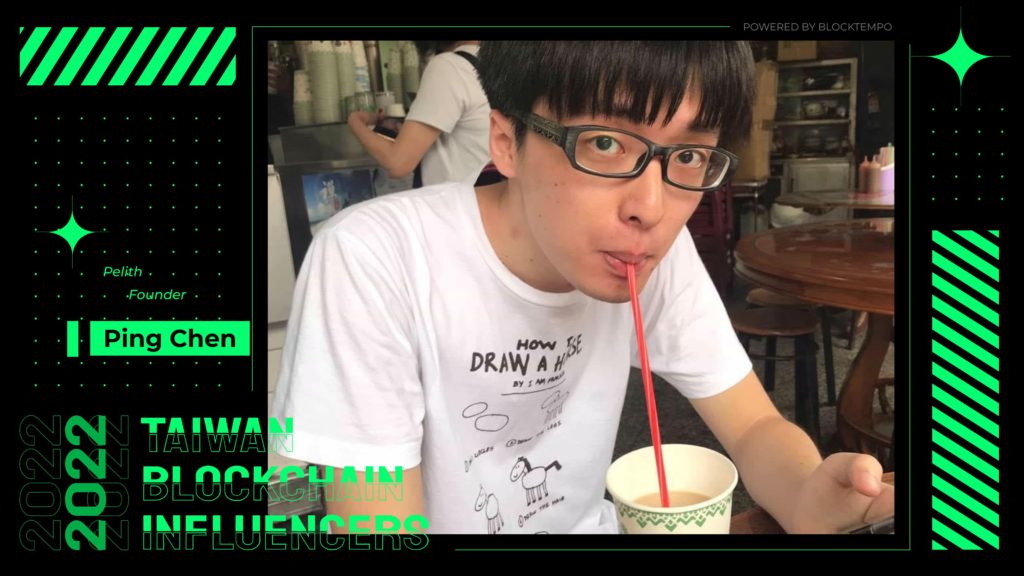Blocktempo list nearly 40 awardees, including outstanding entrepreneurs, option leaders, and Taiwanese with global influence, compiled into “2022 Taiwan Blockchain Influencers list”, and asked them to share their predictions and trend observations for 2023.
This article you will find a detailed list of the “Web 3 Applications and Enterprises” and their detailed trend predictions for 2023.
Shortlist:
> Lee Hsuan / Blocto Co-Founder
> Yenwen Feng / Perpetual Protocol Co-Founder
> Michael Ou / CoolBitX Founder & CEO
> Chang-Wu Chen / imToken chief scientist
> Po Chen / Co-Founder of Bitcoin Chinese Community & TonX Studio Founder
> Paul Fan / CYBAVO Co-Founder & CEO
> Wayne Huang / XREX Co-Founder
> Ping Chen / Pelith Founder
> Daniel Huang / BSOS Co-Founder & CEO
> Ryan Hsu / WinCan Digital Asset Management CEO
> Pinta Chen / BlockTempo Marketing Director
Read Full Version》2022 Taiwan Blockchain Influencers list
Lee Hsuan / Blocto Co-Founder
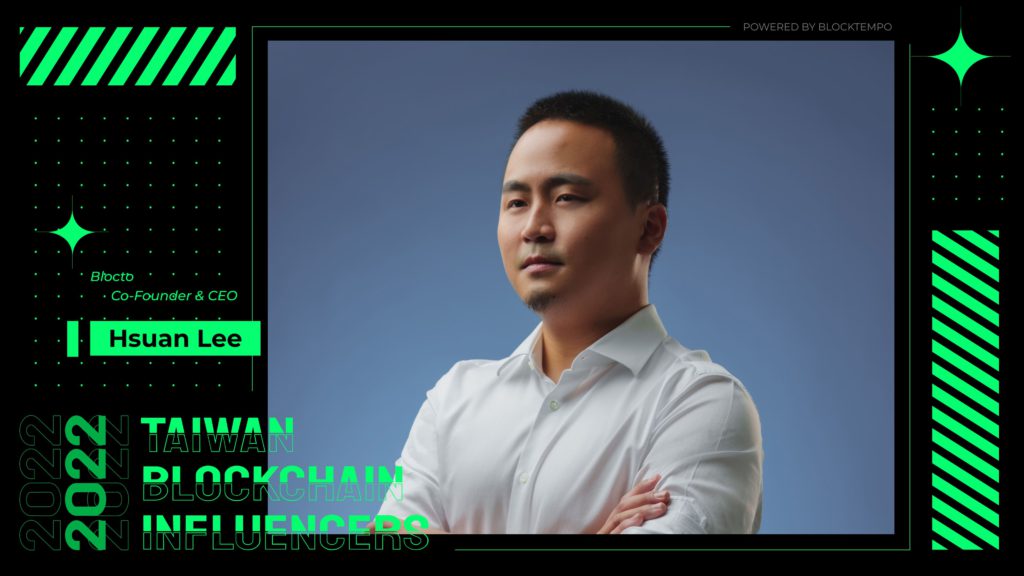
- Wallet Blocto supports Aptos in Q4 this year. In the first week, it drove more than 300,000 users to set up Aptos wallets and established a 3 million ecological fund for Aptos.
- In March of 2022, Co-launched NFT store with Yahoo.
- Flow’s largest PoS hosting pool in the world, with more than 1.4 million users in 2022.
Lee’s 2023 predictions and observations:
Due to the continuing market downturn, there has been a decrease in activity in speculative projects. However, there are still many long-term BUIDLers who continue to develop new business models and new technologies—and the blockchain industry itself is still growing sustainably and healthily.
Because of various environmental factors and events in 2022, these potential projects may be delayed until at least the second half of 2023. This year is projected to be a relatively more stable year for the market; usually, teams that continue to innovate in these conditions end up being stars in the next bull market.
_
Yenwen Feng / Perpetual Protocol Co-Founder
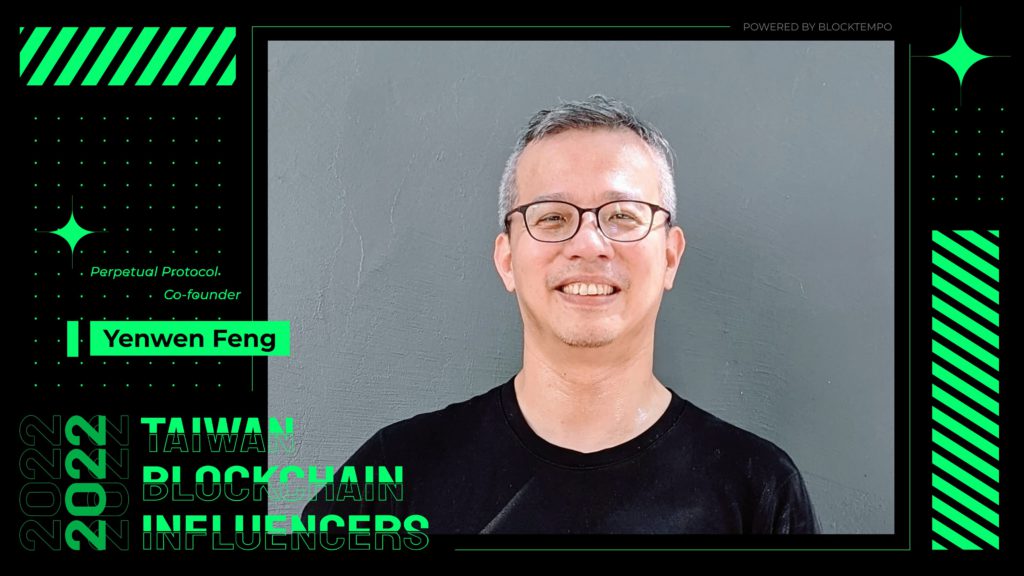
- Perpetual Protocol is one of the world’s largest DeFi derivatives service agreements. The V2 version has been released on Optimism, providing a faster and cheaper DeFi experience. Since its launch, the total transaction volume has exceeded $6 billion.
- Obtained world’s top Defi capital investment, include Multicoin Capital, Three Arrows Capital, CMS Holding and Alameda Research…etc.
Feng’s 2023 predictions and observations:
1. 2023 will be a year of tightening crypto regulation after the collapse of Luna, 3AC, FTX, and the draft regulatory bill in the US.
2.Although the year 2022 has seen several crashes, DeFi’s blue chip projects are still standing (Uniswap, Aave, Dai, …) After such a market trial, it can remove many people’s doubts about DeFi, and as the regulation becomes stricter, more volume will flow into DeFi market when the market recovers.
3.With Solana being dragged down by SBF and the rise of L2, I think the public chain war is over and ETH will become mainstream public chains, leaving some special purpose chains or app chains.
_
Michael Ou / CoolBitX Founder & CEO
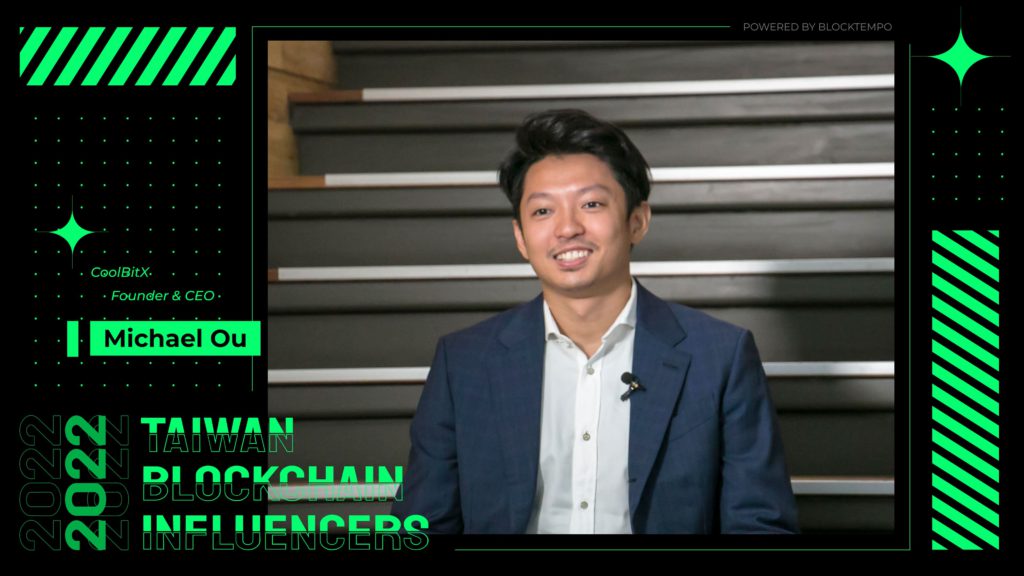
- More than 500,000 sets of CoolWallet have been sold worldwide, the top three cold wallet brands in the world.
- In December 2022, CoolWallet HOT was officially launched, which can manage cold and hot wallets at the same time.
- Received 500 million TWD in Series B financing. The investment was led by Japan’s SBI Group, followed by the National Development Fund, South Korean cryptocurrency exchange BitSonic, and Japan’s Monex Financial Group.
Ou’s 2023 predictions and observations:
The year 2022 was possibly the most shocking and difficult year for the blockchain community to date, a year in which our over-reliance on centralized finance (CeFi) and its custodians came full circle, just like it did in 2014 with the Mt. Gox hack.
The devastating collapse of Luna and later leading exchange FTX resulted in a brutal cascade of liquidations and bankruptcies (Celsius, 3 Arrows Capital, BlockFi, Voyager and others). It was reminiscent of the Lehman Brothers’ demise that marked the start of the 2008 banking crisis, which ironically led to the creation of Bitcoin and other cryptocurrencies in the first place. All this took place during a time of rampant global inflation, crushing US interest rate hikes and geopolitical uncertainties and tensions that slowed market activity down to a sluggish pace.
These combined events not only drove down global market investor sentiment, but also shook the public’s already fragile trust of cryptocurrency and its industry. With Crypto Winter set to remain as long as global quantitative economic tightening does, this year will, once again, confront the market with a “survival of the fittest” challenge that has already put many weaker projects out of the game, just like the 2022 and 2018. Inspecting the rubble of 2022’s crypto carnage, it’s clear that only the companies that offered a true value proposition were able to survive and continue to deliver high-end solutions to their customers.
During this time, CoolBitX’s hardware wallet CoolWallet sales increased tenfold in the wake of the aforementioned CeFi platforms collapsing. People became aware of the fact that cold storage is no longer a luxury but rather a necessity. 2023 will be a vital year to rebuild the cryptocurrency community and their trust in the industry. The concept of user-centered design will be core to this: stronger product security and faster reactions to adapt to market fluctuations. Cold storage wallets will continue to play a fundamental role in reinforcing the security of crypto assets while the cryptocurrency sector both iterates and reinvents itself in equal parts, building on what works and discarding what doesn’t. Despite the deep turmoil in crypto during the bear market that affected all participants, we enter 2023 with renewed belief that the year will bring vital industry-wide new progress in cryptocurrency security, self-custody, peer-to-peer transactions and in overall user experience, which will have a positive stabilizing effect on global attitudes towards crypto.
With so many bad actors and their criminal and irresponsible behavior now purged for good from the space, this is certainly achievable. In this evolving landscape, we expect self-custodial wallet users to increase as Web2 and Web3 technologies continue to develop, broadening the future of blockchain. Web3 will not be completely replacing Web2, but rather it will take lessons from its predecessor to disrupt monopolistic structures and transform existing networks to give a bigger voice of authority for users and developers alike in a decentralized space. As part of CoolBitX’s user-centered strategy, CoolWallet has responded to users’ needs by revamping the product line and recently launched the CoolWallet HOT wallet to lower the barrier of entry for crypto newcomers, encouraging users of all levels to explore the world of blockchain with a better peace of mind. CoolWallet’s 2023 roadmap includes new features and services created to restore users’ faith in cryptocurrency and lower the barriers of entry so that everyone can experience the world-changing advancements that blockchain is bringing to the global economy.
_
Chang-Wu Chen / imToken chief scientist

- Chen is Taiwan’s first official Ethereum Foundation researcher, the former chief scientist of AMIS, and also taught blockchain courses in the Information Science and Technology Department of National Chengchi University in the past.
- Since imToken was established, it has helped more than 10 million users enter the blockchain.
Chen‘s 2023 predictions and observations:
1. MPC wallet will start to grow to the market
2. Will see zero-fee DEX, and better limit order application
3. The need for ZKP and MPC devs will increase
4. The ecosystems of StarkNet and Cosmos (as Rollup stack) will continue to grow
5. USDC will surpass USDT
6. More NFTs use cases will be explored other than art collections
7. ENS name adoption and applications grows up (ex: EIP-3668, Name Wrapper)
_
Po Chen / Co-Founder of Bitcoin Chinese Community & TonX Studio
Founder
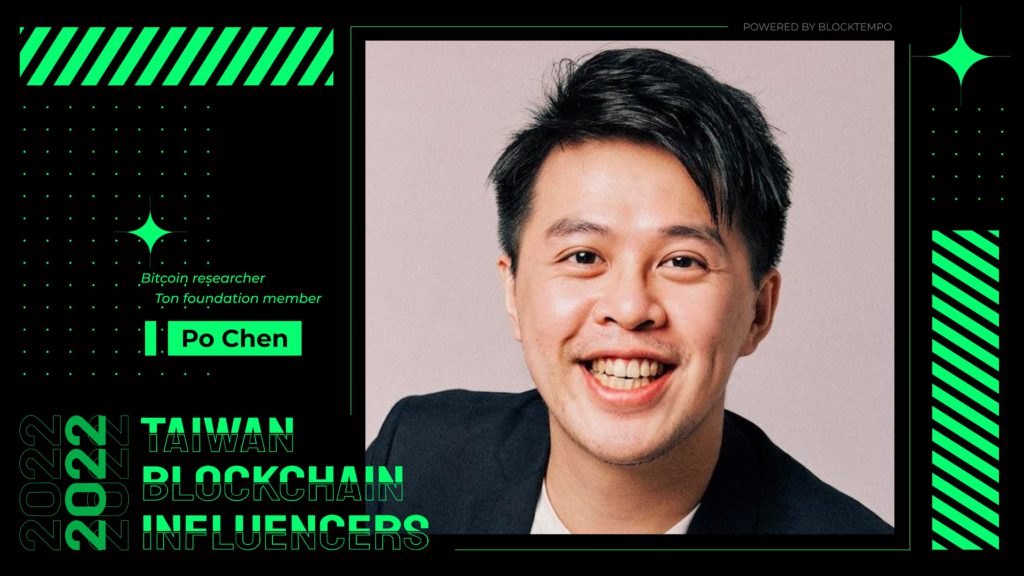
- Co-founder of the world’s largest Chinese community “Bitcoin Chinese Community”, which will grow to nearly 160,000 people on Facebook by the end of 2022
- Since 2014, he has published more than a dozen bitcoin-themed papers, and is the earliest bitcoin and blockchain scholar in Taiwan
- Contributors to the TON blockchain, dedicated to accessing the major infrastructure of the TON blockchain, including network, verification, storage, DNS, and lightning network systems.
Chen’s 2023 predictions and observations:
Bitcoin
In the past ten years, Bitcoin has filled many loopholes through Segwit, allowing the Lightning Network to continue to develop. In recent years, Bitcoin has also continued to activate Taproot, Schnorr signatures…etc. In addition, omni and LN lab also expanded their investment in the development of Bitcoin L1’s FT and NFT. It can be expected that in the next five years, we can see that Bitcoin’s L1 tokens will gradually become popular, L2’s smart contract solutions will gradually improve, and the future Bitcoin L1 will focus on the real most important Lost asset verification, L2 focuses on the off-chain, high-speed, private world with smart contracts. It can be expected that off-chain DEX and Swap will appear.
DID (Decentralized Identity)
For NFT, I believe that most of the market’s cognition has further led to the limitations of NFT development, such as pictures, videos, and 3D models. What we are looking forward to is that there will be more decentralized identities combined with NFT applications in the future, which may be online authorization, tickets, access control, and login systems. It is conceivable that in the future, an address can lead anywhere, such as logging into the banking system, passing through customs, health insurance cards, and labor insurance, all of which are aggregated on the same digital identity.
TON Blockchain
Since Telegram released the largest ICO case on the surface – TON Blockchain in 2017, the SEC’s intervention also led to the disintegration of the project. In 2020, the technical community of TON is still active. In mid-2021, the community requested Telegram to be handed over to the community, and all handovers were completed within one month. At that time, TON has re-entered the market. After more than a year of hard work, it has been listed on many exchanges, including UniSwap, PancakeSwap, Huobi, Gate.io, MEXC, and Bit.com. In terms of technology, it also focuses on the standard formulation of decentralized storage, DNS, FT, NFT, and decentralized routing. I believe that TON Blockchain will have great potential in the future.
_
Paul Fan / CYBAVO Co-Founder & CEO

- CYBAVO is the largest consulting company in Taiwan that provides security expertise. Its service targets include Taiwan’s top three cryptocurrency exchanges, and Japan, the United Kingdom, USA, Hong Kong…etc.
- Has protected more than 4 million cryptocurrency transactions for customers, with a cumulative transaction volume of 35 billion US dollars.
- In June 2022, Circle, the world’s second largest stablecoin USDC issuer, announced the acquisition of Cybavo.
Fan’s 2023 predictions and observations:
In 2023, we can expect the regulation around cryptocurrency to become more clear and strict; cost to become compliant for cryptocurrency service providers will also greatly increase.
Ethereum will continue to evolve, and real-life applications for L2 Rollups will begin. US dollar-pegged stablecoins will help institutions become crucial providers for NFT, payments, and other blockchain applications.
_
Wayne Huang / XREX Co-Founder
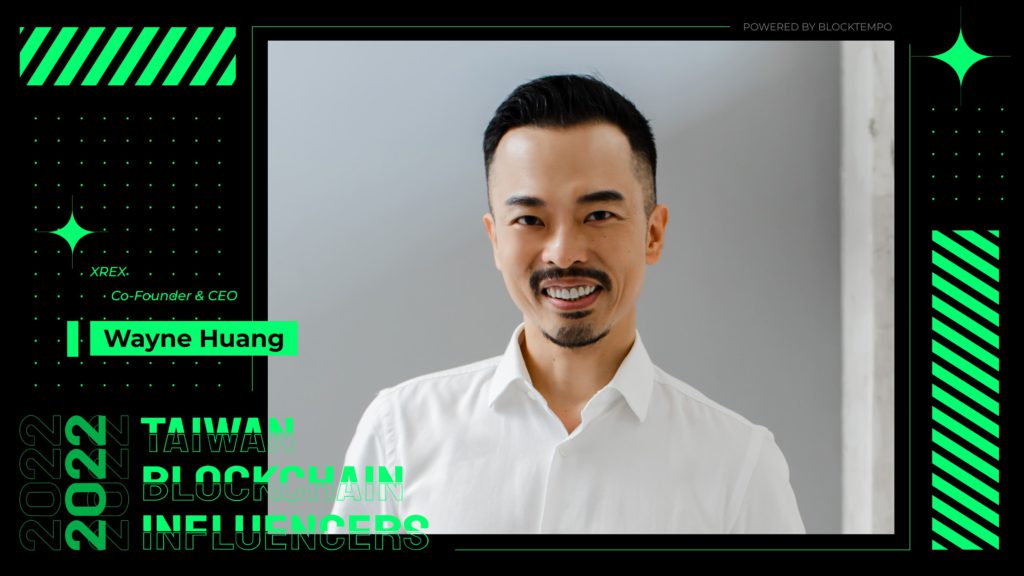
- Pre-A round completed NT$470 million, received investment from Japan’s SBI Investment, Canada’s ThreeD Capital, and Germany’s Global Founders Capital.
- In Q3 of 2022, XREX will be verified by the British Standards Institution (BSI), joining the ranks of top cryptocurrency exchanges such as Binance and Crypto.com.
- Xrex obtained licenses and registrations from the USA, Canada, Lithuania…and is applying for a large-scale payment institution license in Singapore.
Huang’s 2023 predictions and observations:
For 2023 outlook, I would like to separate in to two parts: “centralized” (CeFi) and “decentralized” (DeFi).
XREX is a blockchain-enabled financial institution and runs a centralized crypto-fiat exchange. I believe that the future will be a blend of centralized and decentralized approaches, and we at XREX have high expectations for the development of both sides.
*2023 Outlook: Year of Self-regulation for Centralized VASPs 2022 was the “year of institutions,” as many large global institutions entered the cryptocurrency industry. Unfortunately, it was also the year when both institutions and individual investors suffered huge losses due to the activities of bad actors. The large number of victims will force governments around the world to take action. Centralized VASPs will have to invest significant resources to comply with regulations and meet expectations in 2023.
Meanwhile, to rebuild user trust and bring in professional auditors, centralized VASPs will need to do self-regulation and establish the foundations that are necessary for the wider adoption of blockchain technology and cryptocurrency by the general public. Clear and reasonable regulations not only protect investors but also support innovations and startups that make real contributions and operate rigorously. In addition, this can effectively deter actors with ill intentions. It has been 14 years since the invention of Bitcoin and blockchain technologies. What has been lacking the most is investor protection, accounting standards, and legal frameworks.
Only by building these foundations can the cryptocurrency industry become mainstream and gradually shed its negative stereotype of speculation, fraud, and scams. We believe that blockchain technologies and cryptocurrency applications can bring about tremendous changes in the global financial system and financial inclusion with long-term and positive impacts.
However, to scale up, the participation of traditional financial institutions and the involvement of governments, regulators, and auditors are crucial to accelerate the developments and create a future financial system that is truly beneficial and solves the pains that many people are suffering now. Starting in 2023, centralized VASPs will have to invest heavily in compliance with legal and regulatory requirements, as well as obtain various licenses including those related to cryptocurrency and traditional finance. VASPs will also need to transition from being “financial startups” to “financial institutions” to facilitate the integration and complementarity of traditional banks and crypto innovations.
*2023 Outlook: Year of Mainstreaming Decentralized Finance (DeFi) Looking back at 2022, the developments of blockchain technologies and DeFi protocols have achieved impressive progress. Ethereum successfully upgraded to a proof-of-stake (PoS) mechanism with significant efficiency improvements. In addition, Starknet, Polygon zkEVM, and zkSync have made breakthrough progress in zero-knowledge that aims to solve Ethereum’s scalability issues.
In overcoming the limitations of the Ethereum Virtual Machine (EVM), apart from Solana, the development of next-generation Layer 1 blockchain infrastructure technologies has exciting developments, including more stringent languages, more comprehensive object-oriented architectures, more user-friendly parallel transaction computing, and cheaper storage services, etc. Among these, Aptos and SUI attract the most attention.
To improve the computing power, speed, and scalability of DeFi protocols, in addition to the next-generation L1 mentioned above, there is also Cosmos’ horizontal scaling model, which allows each application to quickly develop independen and specialized chains tailored for itself. These next-generation infrastructures will provide DeFi developers with a better environment and virtual machine support, no longer restricted by the EVM. Many of the world’s leading DeFi teams, such as DYDX, consider these options as important niches for future developments.
In 2023, we expect to see many DeFi break through the limitations of the EVM based on these new foundations and construct efficient, sophisticated, complex, and “mainstream” new-generation DeFi systems that can support large-scale use and connect with traditional finance.
_
Ping Chen / Pelith Founder
- The establishment of Hakka Finance, Taiwan’s first DeFi brand, focuses on derivative financial products on the blockchain.
- The token $HAKKA launched by Hakka Finance has soared 700% in 7 days.
Chen’s 2023 predictions and observations:
As the market has turned bad, over-leveraged giants and flashy innovations have fallen, bringing a considerable amount of wealth shrinkage but also releasing more space into the industry.
Finally, we don’t have to put up with people questioning the efforts of serious DeFi developers with 20% flashy games. Many products that are inherently good, but don’t generate great revenue, will have a chance to be treated fairly.
It is expected to be a relatively boring year ahead, with less funds madness and no teachers who only come out in bull markets. At this time, it is appropriate to do something that requires a longer time to develop, but more valuable things.
The old saying, in addition to this year’s industry forecast, do not forget to look at last year’s.
_
Daniel Huang / BSOS Co-Founder & CEO

- BSOS is the earliest technology partner of ConsenSys in Asia. Recently, it has cooperated with Circle and 500 Global.
- Selected by Blockdata, a blockchain industry analysis platform under CB Insights, as one of the “35 Global Blockchain Companies with Potential”
- The first blockchain solution “SUPLEX” revitalizes idle assets of enterprises into digital assets that can be efficiently circulated, allowing capital flows to maximize their value.
Huang’s 2023 predictions and observations:
In 2023, after the turbulence of 2022, capital markets, regulatory agencies, and crypto users might approach any Web3 service with a “default skepticism”. All practitioners should consider the feasibility of their business. In this circumstance, it will be difficult for CeFi to continue to confuse the public’s perception, wrapped in the disguise of decentralization, but doing the most centralized business.
Combined with the foreseeable regulatory pressure and costs in the future, it will inevitably lead to a restructure of the CeFi industry; On the DeFi side, although its operation and value transfer are transparent, people could use the wisdom of the crowd and market choice to replace the lack of regulatory force on DeFi. However, in practice, most of the users do not have the ability to understand DeFi smart contracts, and there is still a significant information gap between users and the agreement.
Under the market atmosphere of “default skepticism,” more stringent, more widespread DeFi review and rating standards and more convenient monitoring and analysis tools, which were previously insufficiently infra applications, will emerge in response. In addition to CeFi and DeFi, capital remaining in Web3 will no longer be impetuous. Capital in Web3 will turn to investing in long-term, value-added infrastructure projects driving the progress of underlying technologies such as DID and zero-knowledge proofs and so on.
_
Ryan Hsu / WinCan Digital Asset Management CEO

- Worked as general manager of Shubao Digital Asset Management, CITIC Blockchain Lab, and manager of American Citibank。
- As a columnist, blockchain/cryptocurrency lecturer, has IMBA Exchange Program of Beijing Tsinghua University, MBA of National Chengchi University degree, and actively promote the advancement of the industry.
Hsu’s 2023 predictions and observations:
I. In 2023, the deleveraging process from the second half of 2022 will continue, and capital will flow back to traditional bonds assets (to earn potential profits from interest and capital gain).
Since 2022, the Federal Reserve has raised interest rates by 425 basis points, the largest rate increase in more than 30. The two-year U.S. treasury bond yield has jumped from 0.7% at the beginning of 2022 to 4.5% at the end of November 2022. Against the background of high yield rates, investors will continue to flock to the bonds market with attractive investment returns.
If we further consider factors such as lingering inflation concerns, geopolitical risks, and the threat of economic recession brought about by policy tightening, they may continue to impact the stock and financial markets in the first half of 2023. Even corporate earnings will face the potential risk of downward revision in 2023.
At the beginning of a recession, economic activity starts to decline from the peak and GDP growth rate declines; historical evidence shows that US Treasury bonds have always produced positive returns at this time, while stocks and commodities often have negative returns.
And after interest rate rises, capital will flow back to traditional financial bond products, not only can earn interest spreads in the short term, but also earn capital gain after the start of interest rate cuts in the mid to long term (to the next year). Therefore, some insurance funds and pension funds that have entered the cryptocurrency market in the past two years will not actively pursue profits as they did during the period of low interest rates condition. In the current high interest rate environment, the insurance companies’ asset coverage ratio is sufficient due to the also-high discount rate, and there is no need to take higher risks and invest in the cryptocurrency market with such high risk premiums.
Hence, in the absence of differentiated innovations, the cryptocurrency market will continue to experience a mild recession in 2023 in sync with the overall economy. Until the traditional financial market has hit the bottom, cryptocurrencies will still not be able to boom on their own.
II. Institutional investors will begin to invest in related fields, accelerating the improvement of regulation.
Traditional institutions and investors, who were too late to enter the market in the previous bull market, would take advantage of this bear market to start planning and prepare for the next bull market. However, instead of buying cryptocurrencies directly, they would further invest in some crucial projects for infrastructure.
For instance, banking giant HSBC filed trademarks for a wide range of cryptocurrency and metaverse products, and assets management giant Fidelity also applied for three new trademarks, including cryptocurrency payments, and NFT transaction services, which illustrate institutions’ future investment plans.
On the other hand, financial turmoil occurred in 2022 are actually man-made and caused by centralized organization, rather than the defects of blockchain technology, cryptocurrency or DeFi’s own mechanism. After the FTX storm subsided, with much more traditional investors starting to participate in the market, it would be bring in more regulations and standards. “With the most traditional and reliable persistence, do the asset management ahead of the curve.”
III. The potential of NFT in future is noteworthy. NFT 2.0 continues to expand NFT applications. NFT 2.0 first includes NFT financialization, which is, DeFi x NFT, and will continue to develop more innovative business models, such as collaterals of BAYC/MAYC/BAKC NFT series, a rare opportunity for NFT collectors to invest.
In addition, NFT commoditization, digital identity DID (Decentralized Identity), loyalty program, ticketing and more useful applications will continue to progress.
_
Pinta Chen / BlockTempo Marketing Director
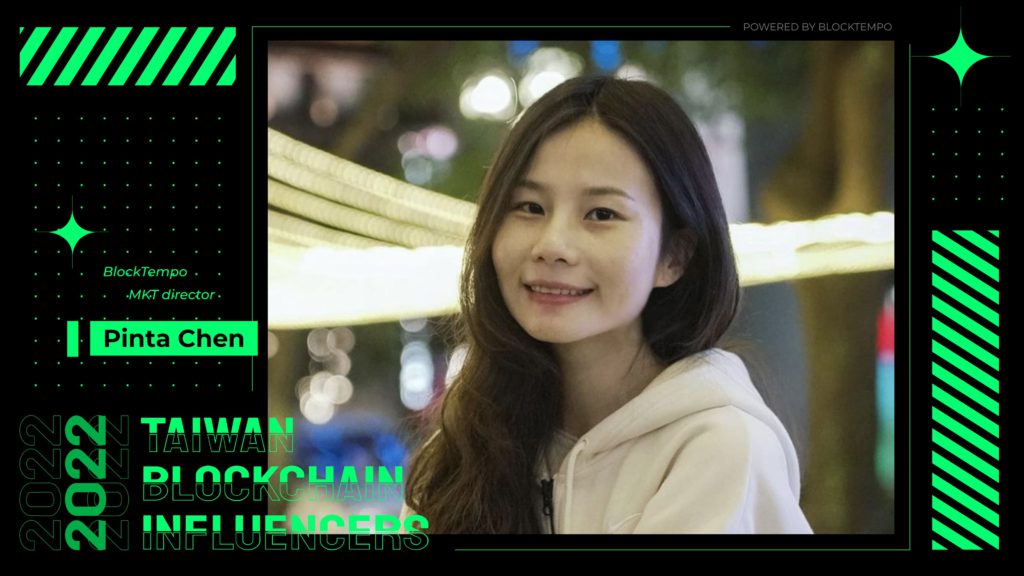
- Operate Asia’s largest Chinese media brand, lead the strategic cooperation with major international large-scale blockchain summits in 2022, including Token2049, HoneyCon, Blockchain Thailand Genesis…etc.
- At the end of 2022, co-host the blockchain international forum「NFT Taipei」and blockchain week, attracting more than 100,000 participants, and the speakers include representatives Vitalik and Yat…etc.
- She has worked in the field of film and television for more than ten years and has participated in more than a hundred works. Film production includes the first film in Asia to be shot with an Iphone, and Taiwan’s representative works for the Oscars.
Chen’s 2023 predictions and observations:
In 2022, the crypto market turned from bull to bear, testing whether potential projects can survive. Although new startup financing has become more difficult, basic projects are still receiving continuous attention, which is more conducive to industry development.
At the same time, this year is also the turning point for Web2 industry to successfully enter Web3. After a year of pressure testing and user feedback in 2022, we can see that many tech giants are still laying out steadily even if it turns bearish.
Under the background of decentralized technology empowering content creators with new power, global traffic platforms such as YouTube, Meta, and Tiktok are facing challenges of user usage and stickiness loss. Whether content creators have an excellent income-sharing mechanism in the future will determine the rise and fall of the platform, and SocialFi is definitely one of the key development tracks of the industry next year.
In addition, NFT is still a very potential application. The evolution of ownership represented by NFT will promote the traditional game industry to inject more resources to build the upgrade of blockchain technology and UX design, creating a richer ecology.
For traditional game players, the bear market has reduced Fomo sentiment and suppressed unreasonable value acquisition methods. The attitude of hating NFT will be improved, and truly fun Web3 games will attract more traditional players to join. The new wave of the blockchain industry is likely to be driven by games.
_
📍相關報導📍
Messari 年度報告 | 提煉對 2023 的「33 項預測」



